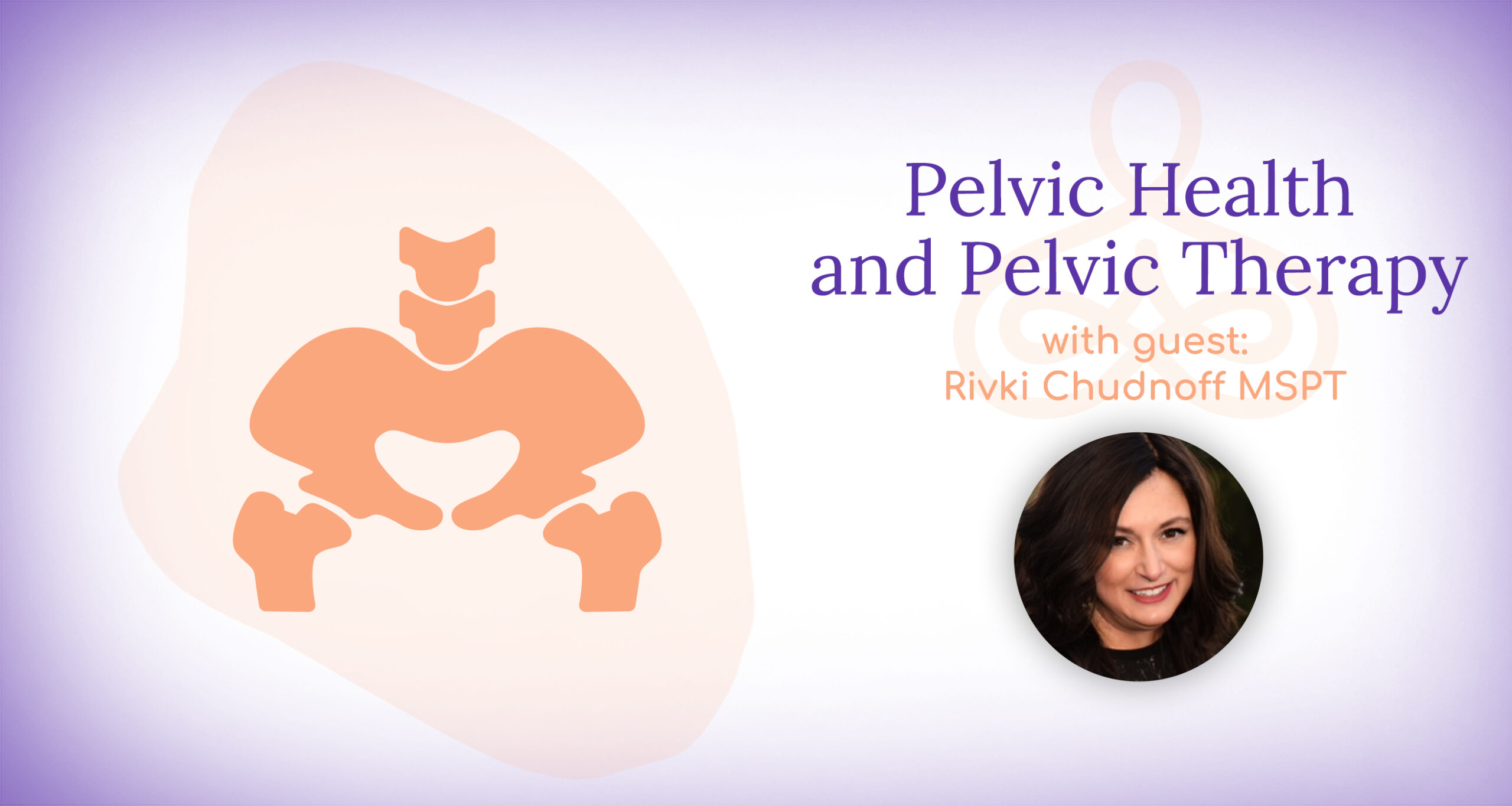Pelvic health is a fundamental aspect of women’s overall well-being, yet it is often overlooked or misunderstood. During a recent episode of the Healthful Woman podcast, host Dr. Nathan Fox and guest Rivki Chudnoff, MSPT, discuss Pelvic Health and Pelvic Therapy. Unfortunately, many women experience pelvic floor dysfunction at some point in their lives, leading to discomfort, pain, or loss of function. This blog explores pelvic floor therapy, how it can benefit women, and what to expect from treatment.
What is Pelvic Floor Therapy?
Pelvic floor therapy assesses, strengthens, and rehabilitates the pelvic floor muscles. These muscles can become weakened or tight due to various factors, including childbirth, menopause, surgery, or even certain lifestyle habits. When the pelvic floor muscles are not functioning correctly, it can lead to conditions such as urinary incontinence, pelvic pain, and pain during sexual activity.
Who Can Benefit from Pelvic Floor Therapy?
Women of all ages can benefit from pelvic floor therapy, especially those experiencing pelvic health issues. Some of the most common groups who seek this type of therapy include postpartum women, women experiencing pelvic pain, menopausal women, and women undergoing cancer treatments. Chudnoff expresses the importance of finding the root of your pelvic issue, “First, you want to take a look and figure out, you know, is something going on orthopedic that’s going on? Is there some back pain? Is there something else that’s going on that’s contributing to this pain? And you want to kind of root all that out first.” After doing so, your specialist will help you determine the right treatment plan for your needs.
What to Expect from Pelvic Floor Therapy
Pelvic floor therapy involves a detailed assessment of the muscles, nerves, and overall body mechanics related to the pelvic region. A physical therapist will evaluate the patient’s posture, muscle strength, and any areas of tension or weakness. Based on this evaluation, a tailored treatment plan is created to address the specific issues. Treatment may involve:
Manual Therapy
Hands-on techniques are used to stretch or release tight muscles and improve mobility in the pelvic region.
Therapeutic Exercises
Exercises that target pelvic floor muscles, core muscles, and surrounding areas are prescribed to improve strength and coordination.
Biofeedback
This technique allows patients to visualize their pelvic muscle activity on a screen, helping them understand how to contract and relax these muscles properly. It can be especially helpful for patients who are unsure whether they are performing exercises like Kegels correctly.
Addressing Common Misconceptions
Many women may not realize that pelvic health issues are both common and treatable. Pelvic floor dysfunction can often lead to feelings of isolation, as women may believe they are the only ones experiencing these problems. Issues like urinary incontinence, pelvic pain, and discomfort during intercourse are more widespread than commonly acknowledged, and there are effective treatments available.
The Importance of Early Care
Addressing pelvic floor dysfunction early can prevent long-term complications. The longer an issue like pelvic pain or incontinence is left untreated, the more challenging it can be to resolve. Early intervention can lead to faster recovery and prevent chronic issues.
Contact Us
For more information about pelvic health and how pelvic floor therapy can benefit you, contact Carnegie Women’s Health through our online contact form today.

